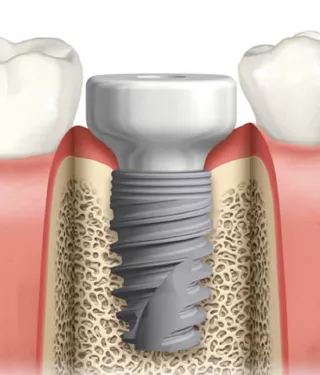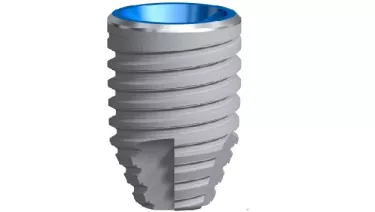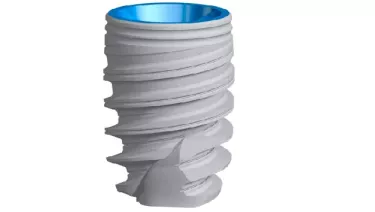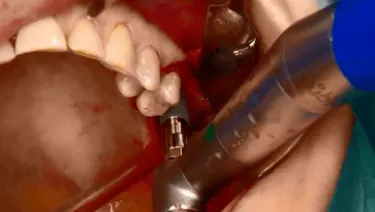
3 tips for excellent emergence profiles
Tips for achieving dental implant emergence profiles in the posterior region from Dr. Tristan Staas.
Interested in achieving excellent emergence profiles in the posterior region? Here, leading Dutch clinician Dr. Tristan Staas describes three elements you should consider carefully. In the below case video, Dr. Staas creates an optimized emergence profile while restoring a single molar. We caught up with him to ask about what it takes to get such great soft tissue results.
1. Creating the right foundation
According to Dr. Staas, achieving an excellent emergence profile begins with implant selection and placement:
“The diameter of the implant has to suit the emergence profile of the final restoration, while the subgingival depth also dictates whether it’s possible to achieve an emergence profile which resembles that of a natural tooth”.
To help achieve optimized emergence profiles in the posterior, we recently launched new wide-platform variants of our NobelActive and NobelParallel conical connection implant systems. Dr. Staas has already experienced the benefits of these innovations firsthand:
“In my view, these new implants have the perfect diameter for posterior replacements and excellent initial stability, which is why they are also suitable for immediate placement.”
With a platform more closely matching the diameter of the molar restoration, the wide-platform versions of NobelActive and NobelParallel Conical Connection help avoid what Dr. Staas describes as the “lollipop” – a large restoration seated on a much narrower implant. This combination leaves gaps where food can easily become trapped, which can lead to infection and other issues for the patient. Correcting the issue later is difficult, which is why Dr. Staas advises careful selection of all components during the planning phase.
“If you need to solve these problems it’s always a compromise. Making the restoration more bulky reduces food impaction but makes hygiene more difficult, and vice versa. I think we just have to avoid creating ‘lollipops’.”
2: Carefully managed healing
“Of course it’s not only the implant itself, but also the restorative components which affect the emergence profile of your final restoration,” Staas explains.
“As mentioned, an optimal emergence profile depends on the position of the implant in all three dimensions and the diameter of the platform, but also both the temporary and final components.”
Achieving the soft tissue contours for the desired emergence profile begins at the healing phase. In the case shown above, Dr. Staas uses our new anatomically shaped PEEK healing and temporary abutments, which are designed specifically to match molar contours.
As the PEEK Abutments come ready-shaped for an optimized emergence profile, few adjustments are needed. This can simplify treatment and reduce costly chair time.
3: The right final restoration
When it comes to the final restoration, our complete posterior solution also includes the NobelProcera FCZ (full-contour zirconia) Implant Crown. It’s completely cement-free, as even the titanium adapter is mechanically retained. Designed for strength and predictability even under the high occlusal forces of the posterior, Dr. Staas has been impressed with its esthetic qualities too:
“With no chance of chipping, the NobelProcera FCZ Implant Crown is a reliable solution for the posterior zone,” he explained. “It’s also cost-effective and offers nice esthetics in that area.”


